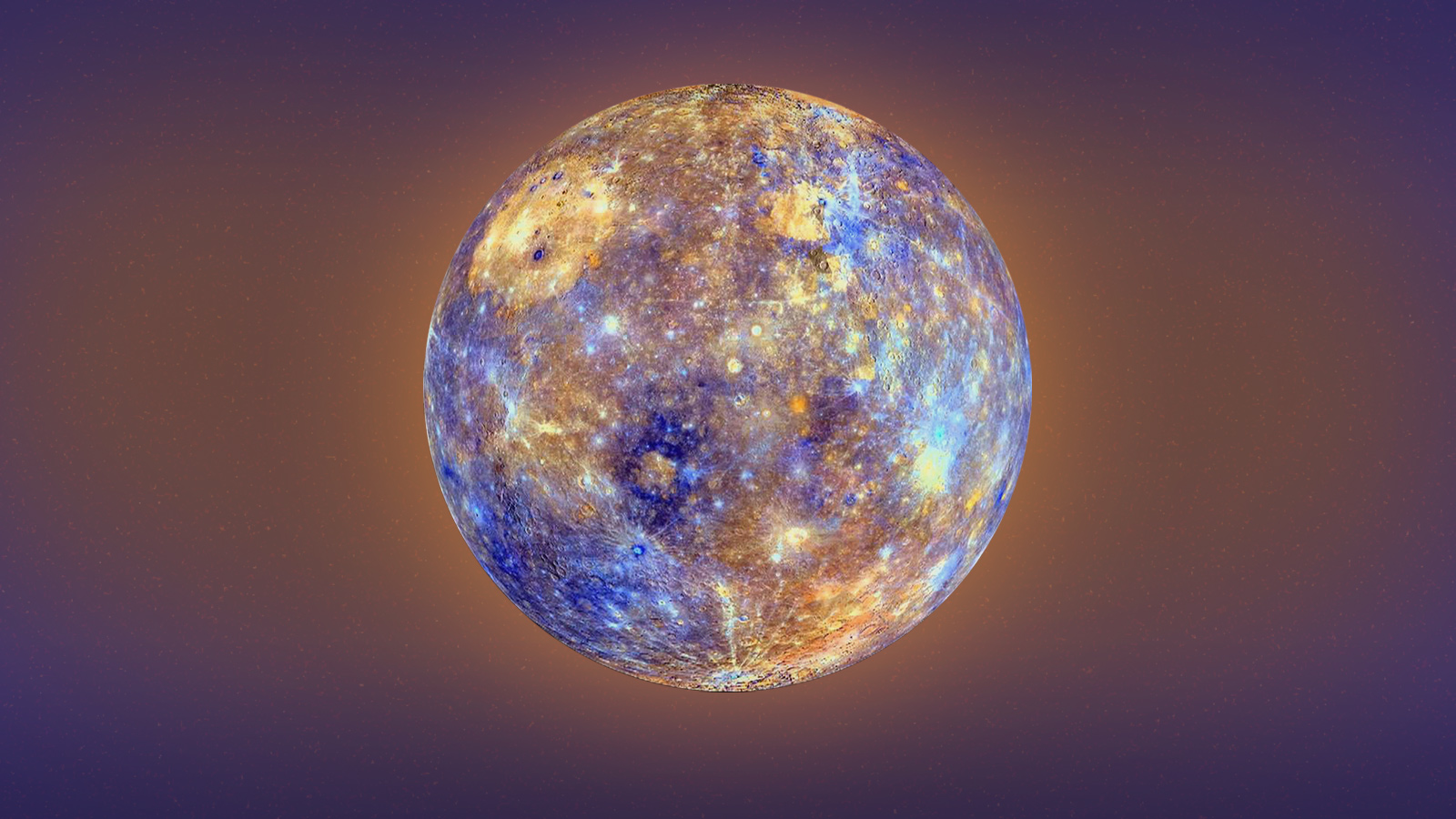These Are The Skywatching Recommendations From NASA For April
April 03, 2023 By Prelo Con

(Image Credit Google)
Photo Credit: Universe Today
NASA has released its monthly list of interesting objects to see in the sky in the upcoming weeks, and April has a lot to offer.
Mercury
Even the most casual observers of the sky will undoubtedly have seen Jupiter, Mars, and Venus at some point or another, but the first few days of April offer a great opportunity to see Mercury, the planet that is nearest to our sun.
On April 11, Mercury, the smallest and fastest-moving planet in our solar system, will be at its highest and most observable position in the sky, according to a NASA video that was posted on Saturday.
According to the space agency, Mercury, which will be visible on April 3, is only visible in the sky for a few weeks every three to four months since it is obscured by the sun's glare the rest of the time.

Photo Credit: NASA Solar System Exploration
Venus
On April 11, it will also be possible to see Venus' brilliant glow. Using a pair of binoculars, it will be visible next to the Pleiades star cluster, which is also visible in the same field of view.
The farther out into space you stare, the farther back in time you're witnessing, NASA said in the video. "This pairing provides for a pleasant reminder that the night sky is kind of like a time machine," the agency added. You're witnessing light that left Venus on that night around nine minutes earlier, whereas the Pleiades' light departed those stars about 400 years earlier.
Planets and the moon
You can also take in the moon's near encounters with Saturn (April 15 and 16), Venus (April 23), and Mars (April 24) later this month (April 25).
Lyrid meteor storm
The Lyrids, a medium-intensity meteor shower that can generate up to 20 meteors per hour, can be seen well around April.
Nonetheless, a few shooting stars ought to be visible on the mornings before and following the peak on April 23. The Lyrids will peak in the early morning hours of that day.
Also Read: A unique planetary parade will be seen in the night sky
According to NASA, this is one of the earliest meteor showers that has ever been observed, with the initial sighting being reported in China some 2,700 years ago.
Although occasionally you should be able to observe exceptionally bright meteors that really stand out, it requires swiftly moving meteors without noticeable trails.

Photo Credit: Penn Live
Go somewhere far from light pollution to increase your chances of spotting the Lyrids. Looking a little bit away from the origin point, which is close to the bright star Vega, will allow you to observe the most meteors, according to NASA.
Do you need assistance identifying the planets and stars in the night sky?
Then get one of these fantastic astronomy apps, many of which have AR capabilities that make it simple to comprehend what you're seeing.
By Prelo Con
Following my passion by reviewing latest tech. Just love it.

 Photo Credit: NASA Solar System Exploration
Photo Credit: NASA Solar System Exploration
 Photo Credit: Penn Live
Go somewhere far from light pollution to increase your chances of spotting the Lyrids. Looking a little bit away from the origin point, which is close to the bright star Vega, will allow you to observe the most meteors, according to NASA.
Photo Credit: Penn Live
Go somewhere far from light pollution to increase your chances of spotting the Lyrids. Looking a little bit away from the origin point, which is close to the bright star Vega, will allow you to observe the most meteors, according to NASA.






